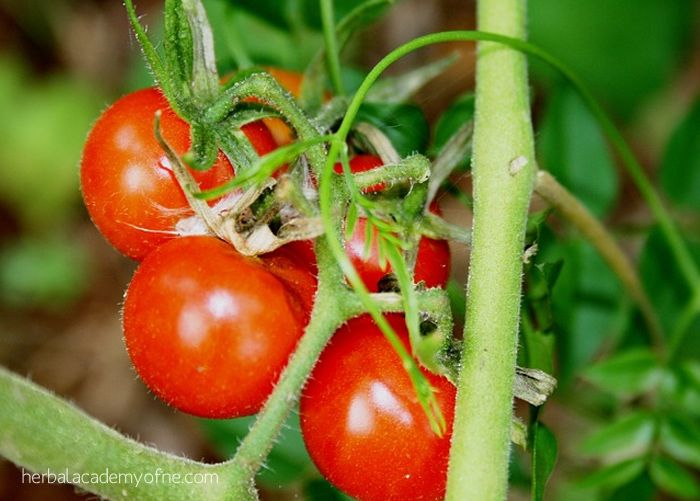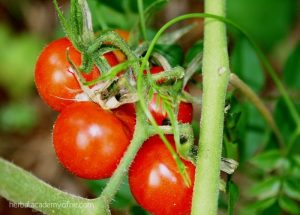Plants Have Companions Too by Joann Brennan, Hopkins County Master Gardener

[adning id=”33097″]

I have learned a lot about gardening and herbs since I have been a Master Gardener. One concept that has come to my attention this year is companion planting.
Companion planting is the planting of two or more plants together for mutual benefit. Companion planting is an effective alternative to pesticides, used to deter insects, prevent disease, provide nutrients to the plants, and control weeds.
Even though, this is a new concept to me it has been around at least from the time the first settlers came to America. The Native Americans taught the Europeans about planting beans, corn, and squash together. These three are often called the Three Sisters. The corn supplied a pole for the beans to climb, the beans supplied nitrogen the corn needed and the squash leaves helped keep the soil moist and helped prevent invasive weeds. The prickly leaves also kept away such critters as raccoons.
Some examples of common companions
- Dill and basil planted by tomatoes help protect them from hornworms.
- Fragrant Marigolds are good planted by many different garden plants. They repel beetles and nematodes.
- Nasturtiums are an example of a trap plant. Aphids are attracted to them and trapped instead of causing devastation to other plants.
- Carrots, dill, and parsley attract ladybugs and spiders that dine on insect pests.
There is a lot of information about companion planting. The link below is for a chart which gives additional suggestions for you as you plan your garden.
https://txmg.org/orange/plant-insect-information/companion-planting-chart
Joann Brennan
[adning id=”33207″]
[adning id=”33207″]
[adning id=”33207″]













